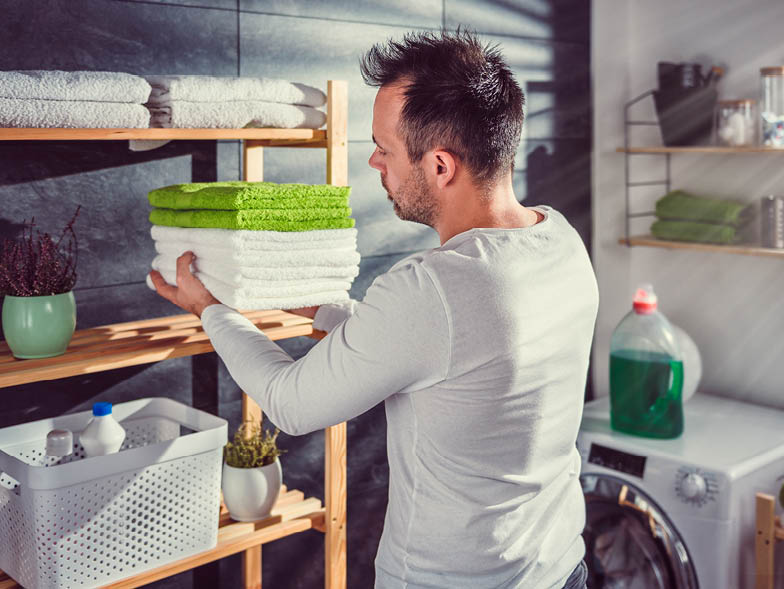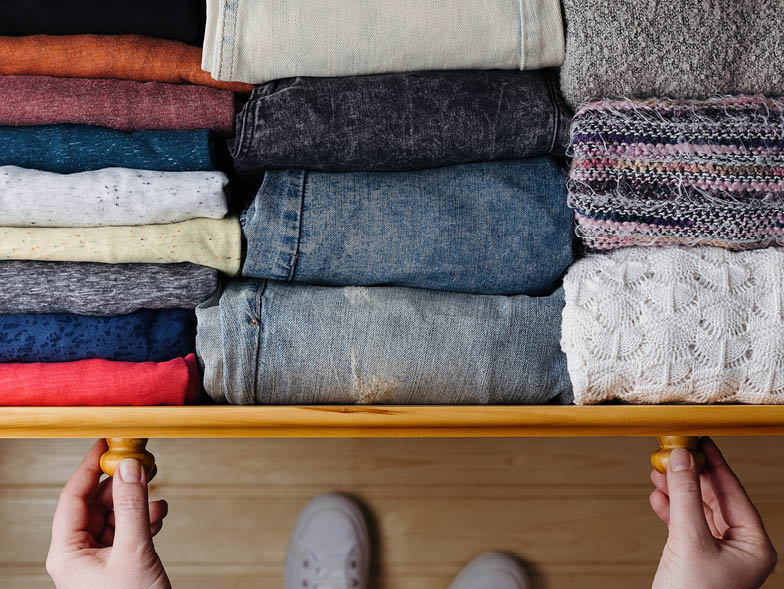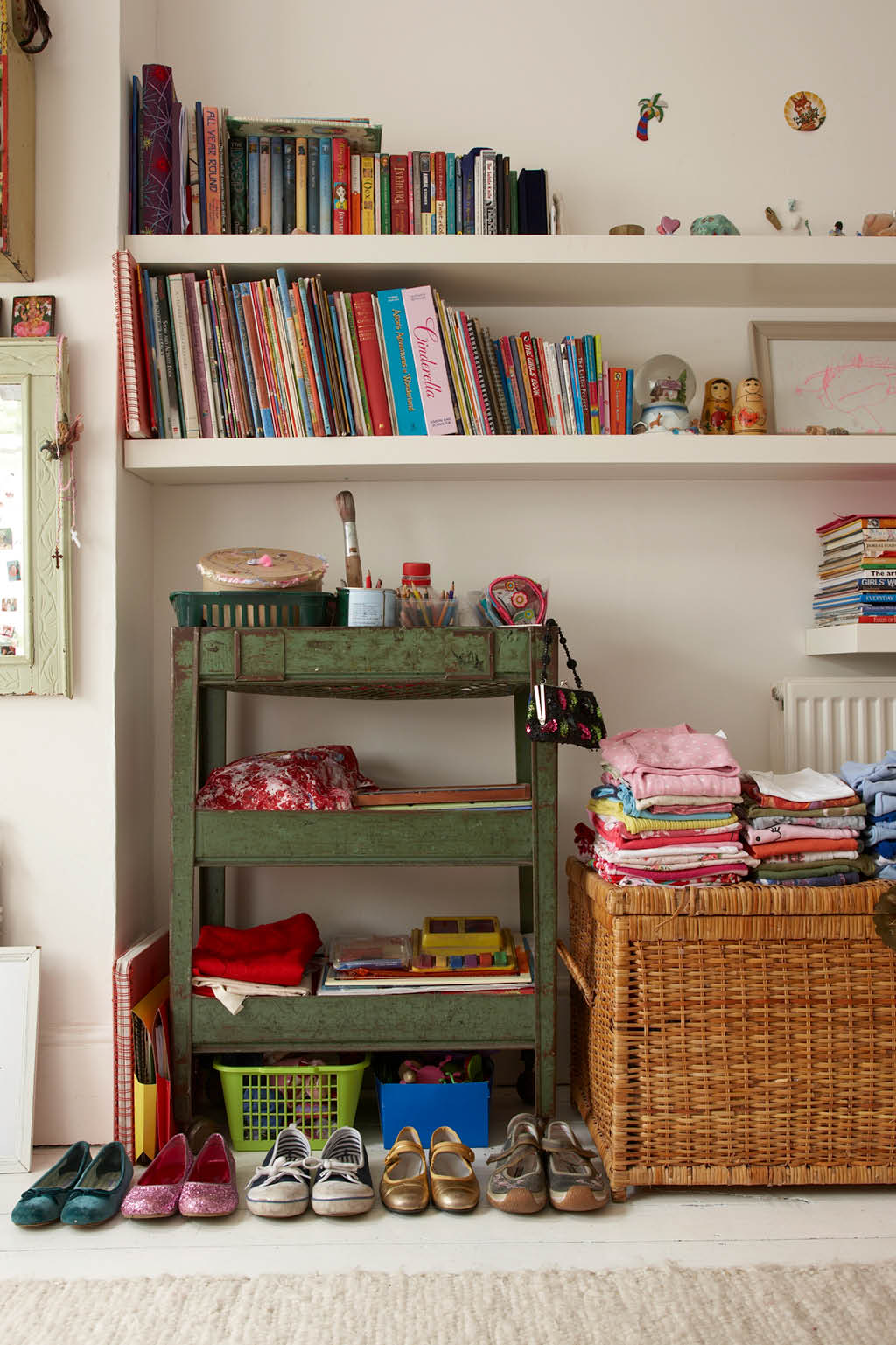The Confines of Clutter
Take a moment to visualize the current state of your basement, attic, garage, or any other storage area of your home. Do you see a tidy and organized space? Is the room completely chaotic? If it’s the latter, the good news is you’re not alone. It’s estimated that the average American home has over 300,000 items.
But why do we have so much trouble getting rid of the things we no longer need? And what is all that clutter doing to our mental health? The answers may surprise you.
America’s Problem with Stuff
Although what constitutes clutter can vary from person to person, an accepted definition is “a crowded or confused mass or collection of items.” This means that anything from a kitchen table full of bills to a basement overrun with old toys counts as clutter. On average, Americans spend more than $18,000 on nonessential items each year, meaning that many of those nonessentials—be they excess clothing, home gym equipment, or multiple televisions—directly contribute to this overabundance of clutter that can quickly overtake a home.
Overconsumption is a problem in itself, but it’s the lack of order that often stems from owning a lot of things that spurs feelings of stress and anxiety. Luckily, according to psychiatrist Ralph Ryback, humans have a pull toward organization and order. Sometimes we don’t act on this desire because of lack of time or because we don’t know where to start, but this need for cleanliness doesn’t simply go away.
If you feel overwhelmed by the amount of clutter in your home, here are some ways to ground yourself and get back in touch with your desire to organize.
Set aside small amounts of time. Instead of tackling all of your clutter at once, reserve a window of time each day or week to chip away at it slowly. You’ll be less stressed if you feel like you don’t need to get it all done in a day.
Picture your home organized. Humans are very visual by nature. If you are able to visualize what your home will look like once it’s cleaned up, you can more easily will yourself to make it happen.
Categorize your belongings. Cleaning up clutter does not mean you have to rid your home of everything. Separate items into those to keep, those to donate, and those to throw away. If you feel particularly sentimental about an item but you know you need to get rid of it, consider taking a photo of it to hold on to instead.

The Consequences of Clutter
There is evidence to suggest that perceiving one’s space as cluttered is linked to increased stress levels. Too much stress over an extended period of time can be extremely damaging to the body, causing serious physical problems such as heart disease and weight gain. Although not everyone will have the same response to clutter, it’s important to limit stress as much as possible—and to recognize when clutter has become a stressor in your life. In addition, clutter can negatively impact personal relationships—in turn, impacting mental well-being. Clutter in the home impacts everyone who lives with you, and it can often cause tension between loved ones.
The Golden Rules of Organization
Like most things, recognizing you have a problem with clutter is the first step toward tackling it. But it’s also important to keep certain practices and behaviors in mind in order to clear your home of clutter—and to prevent clutter from piling up again in the future.
One of the most popular methods of organization is the KonMari Method, created by tidying expert Marie Kondo. She promotes the method’s effectiveness at getting people to look at the things they truly value, and ridding their life of the things they don’t, by outlining “six basic rules of tidying”:
1. Committing yourself to cleaning
2. Picturing what your ideal life looks like
3. Starting by getting rid of items
4. Organizing by category
5. Following a specific order
6. Asking yourself if the items you’re keeping make you happy
The first two rules are something you must work through mentally. Only after you commit to a tidy home can you then begin making small steps toward organizing. Visualizing the lifestyle you want can work wonders in helping you make progress in step three—getting rid of unnecessary items. This is an important part of the process, and it can make organizing that much easier when you don’t have as many items to go through.
Kondo’s now famous phrase, “Does this item spark joy?” has become a powerful tool in helping people rid their lives of what is dragging them down. She asks her clients to think about the influence each item has on their life and whether or not that influence is positive. If you are indifferent about an item or you can’t explain how it contributes positively to your well-being, then it can probably be donated or discarded. Kondo emphasizes organizing what’s left by category instead of by room, beginning with clothing, then books, papers, miscellaneous items, and, lastly, items that have sentimental value.

Cleaning Up Your Life
While extremely popular, the KonMari Method is just one way to free your life and home from clutter. What’s most important is the end result—and finally feeling relief from the chaos that clutter creates. Keep in mind, it’s not necessarily about throwing things away. Donating your items is a sustainable way to declutter, and it will help you to know that they are serving a better purpose elsewhere. The process might be long, but the mental clarity and peace of mind are well worth it.
For more info, visit konmari.com









